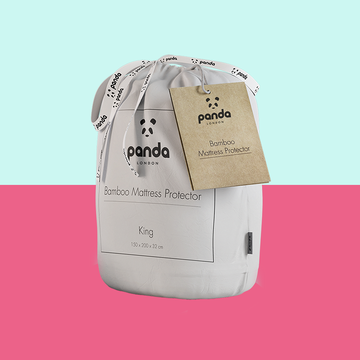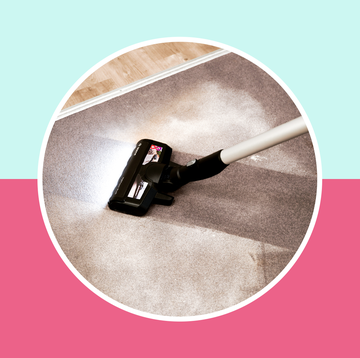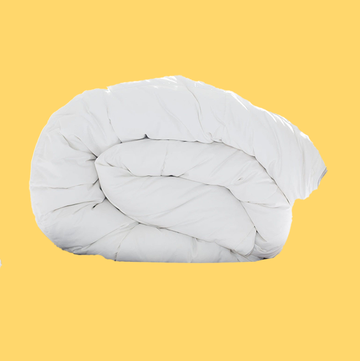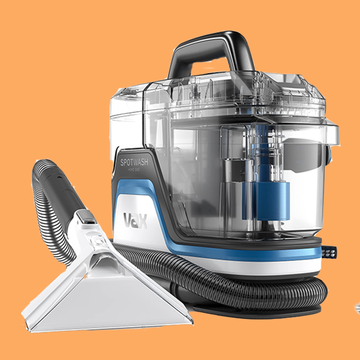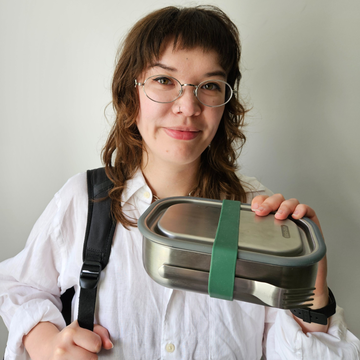We earn a commission for products purchased through some links in this article.
The best blackout curtains, tried and tested for a better sleep
Block out external light and noise with these tried-and-tested drapes

It’s a well-known scientific fact that the darker your bedroom, the better your sleep quality, leading to improved physical and mental health. If a streetlight is keeping you up at night, or you’re a shift worker who needs to sleep during the day, consider investing in some blackout curtains.
We tested a range of blackout curtains from leading home retailers – including John Lewis, Next and Dunelm – to find the best on the market. So, you can put away your eye masks (unless you’re as attached to your Drowsy one as we are!) and sleep easy because these all passed our stringent tests:
If you’d prefer blackout blinds, we’ve tested those too!
Why is it better to sleep in the dark?
It’s all to do with your circadian rhythm, also known as your body clock, which follows nature’s day/night cycle. Once it starts to get dark, your body starts secreting more of a hormone called melatonin, which makes you feel sleepy.
When the sun comes up, exposing us to daylight, our melatonin levels fall and we wake up. If your bedroom isn’t dark enough for melatonin production to ramp up, you may struggle to fall or stay asleep. If you find blackout curtains are meaning you struggle to wake up, consider investing in the best sunrise alarm clock to give you the gentle light you need come morning.
What should I look for when buying blackout curtains?
Fabric
The best blackout curtains are made from densely woven fabric, such as thick cotton or polyester, that won’t let light through its fibres. Look for a poly/cotton lining that’s been coated in acrylic to make it more effective at light-blocking and noise reduction.
If you want to keep your room well-insulated (cool in summer and warm in winter), look for an additional thermal layer.
Size
Most brands will advise on how to measure up for their blackout curtains, which are hung like regular curtains. If in doubt, measure the width of your curtain pole and add a couple of inches to allow for some overlap when drawn.
Length-wise, measure from a few inches above your curtain pole to the floor, or wherever you want them to finish.
Colour
Many people wrongly assume that blackout curtains need to be black, navy or another dark colour. If they’re made well, the colour shouldn’t matter, as it’s the fabric and lining that does the light-blocking leg work.
You’ll find lighter and brighter colours in most ranges today, from ivory to pink.
Heading
Most blackout curtains have either pencil pleat or eyelet headings, which determine how they are hung. Pencil pleats are the most traditional. They hook onto a curtain pole or track and look like slim pencils in a row. Modern eyelets slip onto a curtain pole, but they can’t be used on a track.
For the best blackout results, fit pencil pleat curtains as close to the wall as you can, and ideally floor to ceiling. Make sure the grommets (or rings) of eyelet curtains aren’t too big for your pole.
Price
Don’t scrimp on quality, as thin blackout curtains won’t darken your bedroom enough to make a difference. Luckily, there are plenty of thick, trusty pairs on our list that do their main job brilliantly, for an affordable price.
The below blackout curtains start from just £15, but you will obviously need to pay more to cover bigger windows.
How we test blackout curtains
Our panel of testers trialled the different blackout curtains at home, installing them in their bedroom for two weeks to see if they would improve their shut-eye.
Then they filled in a survey for us, sharing their experience and answering questions on everything from what they were like to hang and whether the instructions were clear to how well they blocked out sunlight and streetlights.
We also asked testers to judge the overall quality of the curtains, including if they wrinkled, if creases fell out quickly, and if they were easy to draw.
Each set was tested by multiple panellists, and our in-house experts collated and analysed their feedback to award each pair of curtains a final score.
These are their recommended buys:
Hannah is our homes editor, specialising in reviewing the latest kitchen appliances, cleaning products, mattresses and bedding, and crafting equipment. Hannah has written about hundreds of products, from air fryers to smoothie makers to pillows, and is committed to finding the most reliable and best value for money buys.
Hannah is also interested in sustainability in the home and has completed a course with the University of the Arts London in sustainable textiles, so she can help cut through the noise on what’s green and what’s not. Hannah has an MA in Magazine Journalism and has previously worked as a freelance lifestyle and women’s sports journalist, working for Stylist, Sky Sports and more.
Hannah has also previously worked in a florist and can normally be found caring for her house plants or sewing something new for her home or wardrobe.
Blossom is passionate about finding the best home products and appliances for GH readers. As head of the homes testing team, she has led reviews across multiple categories, from pizza ovens, and smart plugs to portable fans and hobs. She enjoys delving into the intricacies of products and refining testing protocols to ensure we’re testing them against their claims. Her aim is to find the top-performing products on the market, to help take the hard work out of housework. Blossom’s most notable accomplishment in the lab has been toasting 528 slices of bread in her quest to find the best toasters money can buy. In her free time, she openly admits to being a music geek and indulges her creative side through crocheting, baking, singing and writing.


8 best air purifiers for a cleaner home
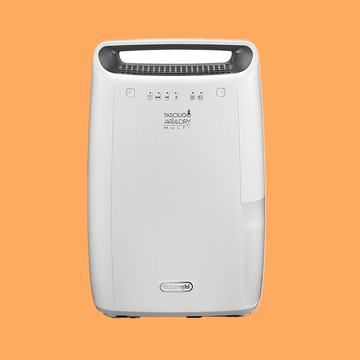
16 best dehumidifiers, tried and tested

The best winter duvets to keep the chill away
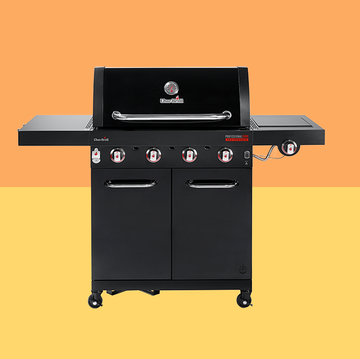
11 best gas BBQs to buy for every garden






